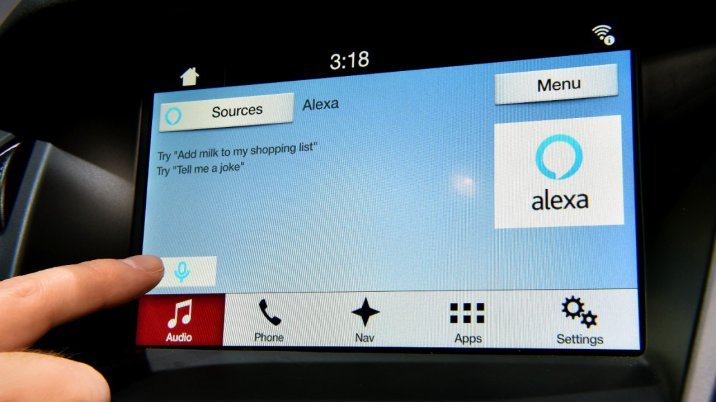2017 will be the year the connected car becomes a reality

If this year's CES is any indication, 2017 is going to focused on connectivity. More than that, CES showed that traditional barriers between automakers are breaking down in favor of universal and open source technology standards that will benefit both consumers and developers.
CES, traditionally a showcase for the latest and greatest technology and gadgets like flat-screen refrigerators or televisions that broadcast in the fifth dimension, has become so intwined with the auto industry that we at Autoblog cover it like any other auto show. At every CES event I attended and nearly every booth I went to, there was some talk, display, or demonstration of how cars will connect to your phone and your home, and eventually each other.
It seems we're heading toward the tech singularity where all devices work under one cohesive ecosystem – the Internet of Things, if you like. The difference between autonomy and connectivity is how real the latter feels because so much of the connected tech on display at CES is either here already or will be here by the end of the year. There were dozens of demos, both big and small, that allowed us to test and explore what's on the horizon.
Bridging the gap between home and car, Ford is integrating the Amazon Alexa personal assistant straight into its vehicles. That means you'll be able to talk to Alexa in your car just like you would through an Echo or Dot at home. It also means you can shop on Amazon by voice while you're driving (since that wasn't convenient enough already). Samsung is developing smartwatch applications for Ford, BMW, and others. Toyota is adopting Ford's SmartDeviceLink smartphone connectivity system for its vehicles. That means developers can have one app that works across multiple infotainment systems.
The Linux Foundation is developing an open-source operating system that will be free to use, making it easier for developers to connect smartphones and apps across multiple manufacturers' systems. Automotive Grade Linux, or AGL, is available for download right now. Major automakers like Toyota and Daimler (who usually are set on competing with one another) are partnering to further the development of the project. Bosch, Hyundai, and Chrysler showed connected car concepts at CES that preview the future of automobiles.
Creating a universal standard seems to be a major goal of all these companies. Think of how Android works across multiple smartphones from different makers. Each manufacturer tweaks and personalizes the OS, but it's all the same basic backend software. It helps developers and offers more variety to customers. In fact, Google is working on expanding Android into a full in-car operating system that can replace current infotainment system front ends. This common base will be a boon for developers. An open source or universal standard means developers focus less time making a program work with multiple systems and more time improving and enhancing the core product.
Despite all of the focus on connectivity, autonomy is far from being on the back burner. The difference is that it's just not news anymore when an automaker announces an autonomous vehicle project. Sure, you'll have a Level 4 autonomous car in five years. Everyone else is saying the same thing, and an automaker is behind the times if it isn't already working on self-driving vehicles.
Connectivity and autonomy go hand in hand, so look for more news of integration between the two as we go forward. As drivers give up more and more control to autonomous vehicles, a commute in a car will be more akin to riding a bus or a train. Having a connected car would allow those owners to work, read, or watch television, turning the car into just as productive of a space as your home or office.
Related News


